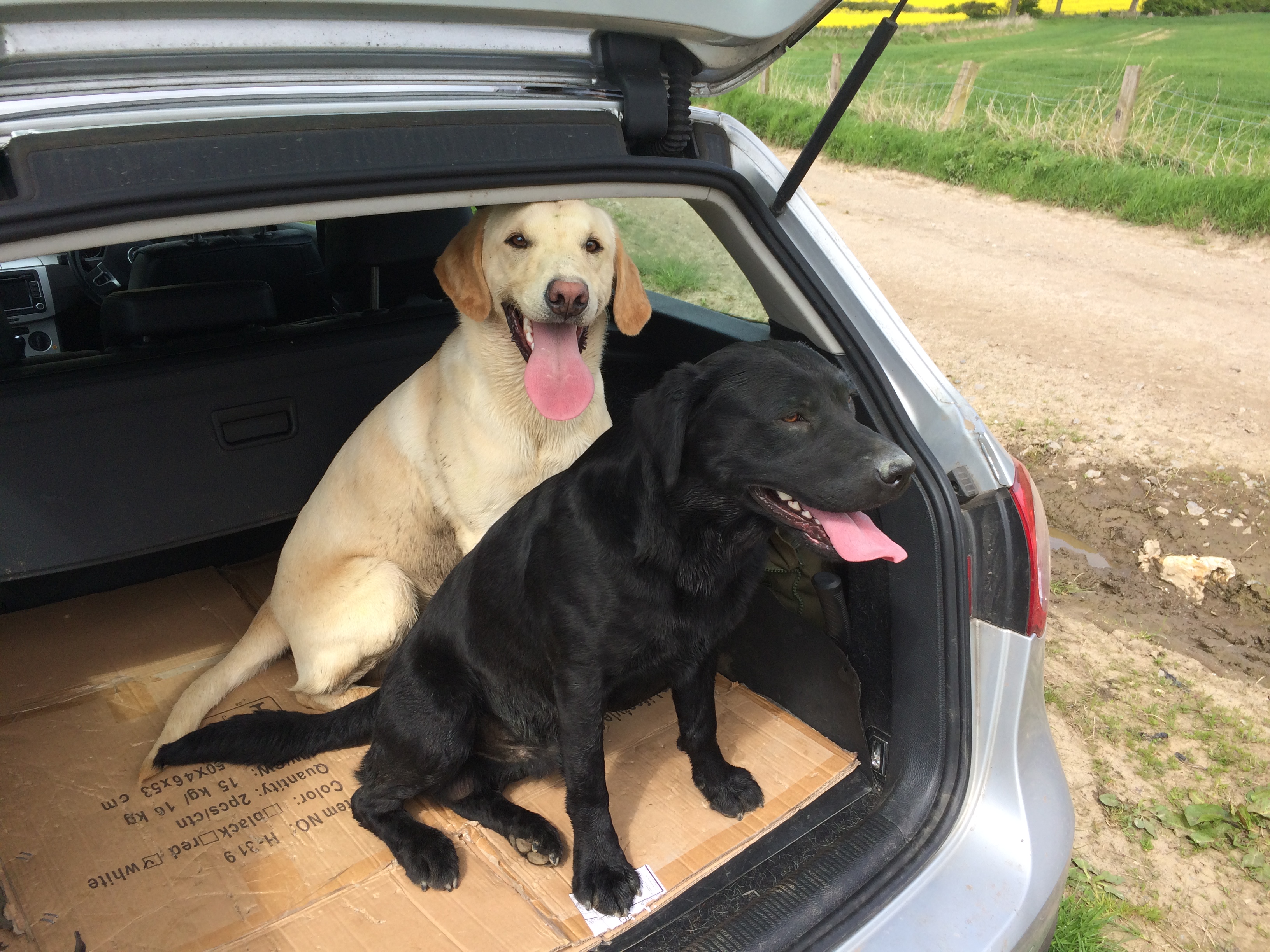Breed Profile – Labrador Retriever
05/05/2016
One of the most popular breeds on the planet, the Labrador Retriever, is the subject of our latest breed profile. These fantastically versatile and intelligent dogs are one of our favourites.
 History of the Breed: The St John’s dog, a now extinct Newfoundland breed, is the ancestor of the Labrador Retriever. Brought to England around 1820, it is said that the Earl of Malmesbury was so impressed with their water skills that he devoted himself to developing the breed that then became the Labrador Retriever we know today. Their weather-resistant coat and ‘otter’ tail makes for a great water dog. Aside from their retrieval skills as a gundog, Labradors are often used as rescue dogs, guide dogs and law enforcement/detection dogs due to their high intelligence, good nose and high energy levels. Their loving nature and good temperament makes them an ideal family pet and explains why they hold the title as most popular dog in the UK.
History of the Breed: The St John’s dog, a now extinct Newfoundland breed, is the ancestor of the Labrador Retriever. Brought to England around 1820, it is said that the Earl of Malmesbury was so impressed with their water skills that he devoted himself to developing the breed that then became the Labrador Retriever we know today. Their weather-resistant coat and ‘otter’ tail makes for a great water dog. Aside from their retrieval skills as a gundog, Labradors are often used as rescue dogs, guide dogs and law enforcement/detection dogs due to their high intelligence, good nose and high energy levels. Their loving nature and good temperament makes them an ideal family pet and explains why they hold the title as most popular dog in the UK.
Life Expectancy: Approximately 12-14 years.
Size of Dog: Large and strongly-built. Ideal height at withers, according to Kennel Club breed standards, is 56-57cm for dogs and 55-56cm for bitches.
Features: Labrador Retrievers are famous for their waterproof coat and distinctive ‘otter’ tail. Their coats are either yellow (which can vary from white to red fox in shade), black or chocolate brown in colour. Moulting can be an issue with this breed and shedding their winter coat can be a long drawn-out process. Their brown or hazel eyes are kind and intelligent, which, combined with their well-developed nostrils and soft ears, gives the Labrador his biddable, alert look.
Energy Levels/Exercise Required: High energy, intelligent dogs, designed to put in a full day’s work, Labradors need plenty of walks and also games to stimulate them mentally. Two walks a day, at least half an hour each, is the recommended minimum, but they will easily manage, and enjoy, longer walks of approximately two hours a day. Being active dogs, a feed with plenty of protein and calories is required during their early and mid lives, although their activity levels make it prudent to use a feed with supplements to protect their joints, such as Dr John Titanium or Gilpa Kennel.
Potential Health Issues: Hip and elbow dysplasia can be a problem later in life and Labradors have a tendency towards obesity if allowed to indulge their appetites. However, keeping an eye on weight not only prevents the likelihood of developing hip and elbow dysplasia, but also increases life expectancy, which is why feeding to condition is essential with this breed. Labrador Retrievers can also be prone to enlarged hearts (dilated cardiomyopathy) where the heart muscle weakens and blood circulation declines. There are a number of symptoms to watch for: lethargy, rapid and excessive breathing, coughing and finally abdominal distension. A deficiency in carnitine and/or taurine is thought to contribute to this last problem and there are some promising trials that show supplementation can both prevent and improve symptoms in dogs with this disease. Overall, Labrador Retrievers tend to be healthy with few problems.
Temperament: Gentle, kind, loyal and intelligent, Labradors are renowned for their nice nature and make good companions, but it is still a good idea to check with the breeder about the temperament of the mother and father. They respond well to training.
Family Dog/Child Friendly: Great family dogs that are good with children and thrive on interaction and games. Labrador Retrievers are best suited to a large house and garden, with plenty of room to run off excess energy. Those who work out of the house all day everyday may not be best suited to owning a Lab, who would miss human interaction and exercise and could possibly develop behavioural problems.
Happiest When: Being useful, working, playing.
Dislikes: Not enough exercise or play.
The Kennel Club’s information on Labrador Retrievers and advice from the Gilbertson & Page nutritionist were used to compile this breed profile.



